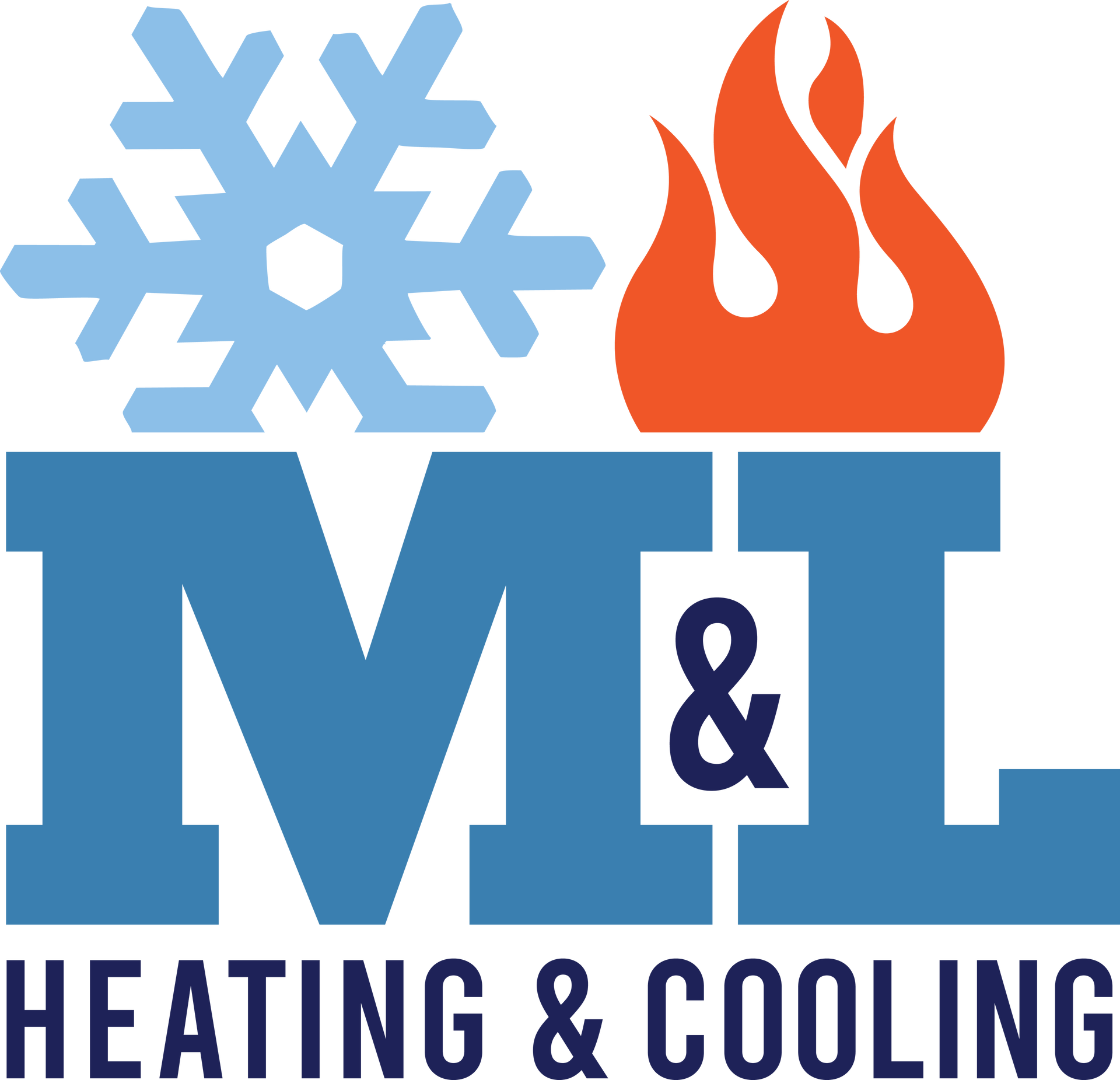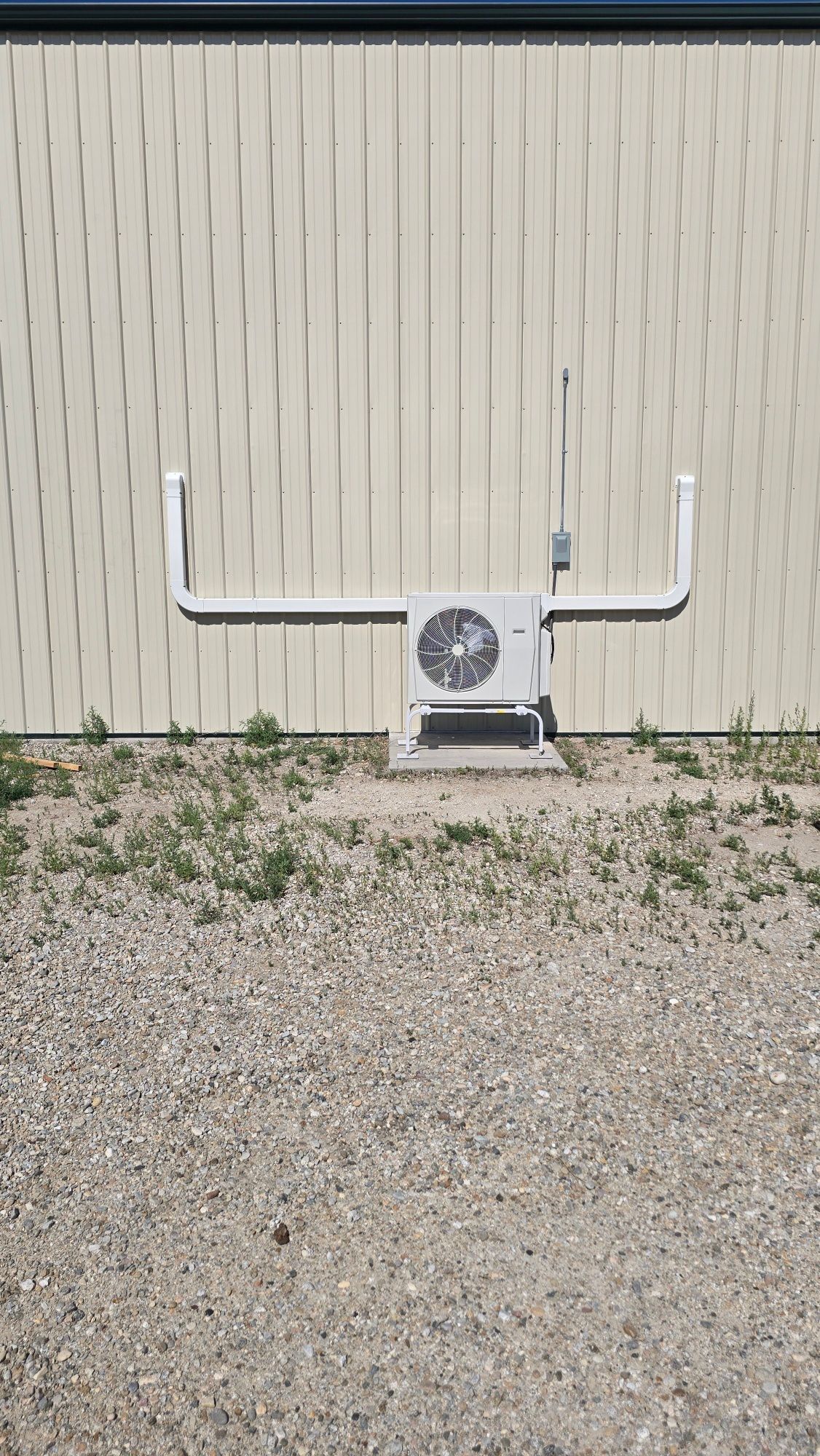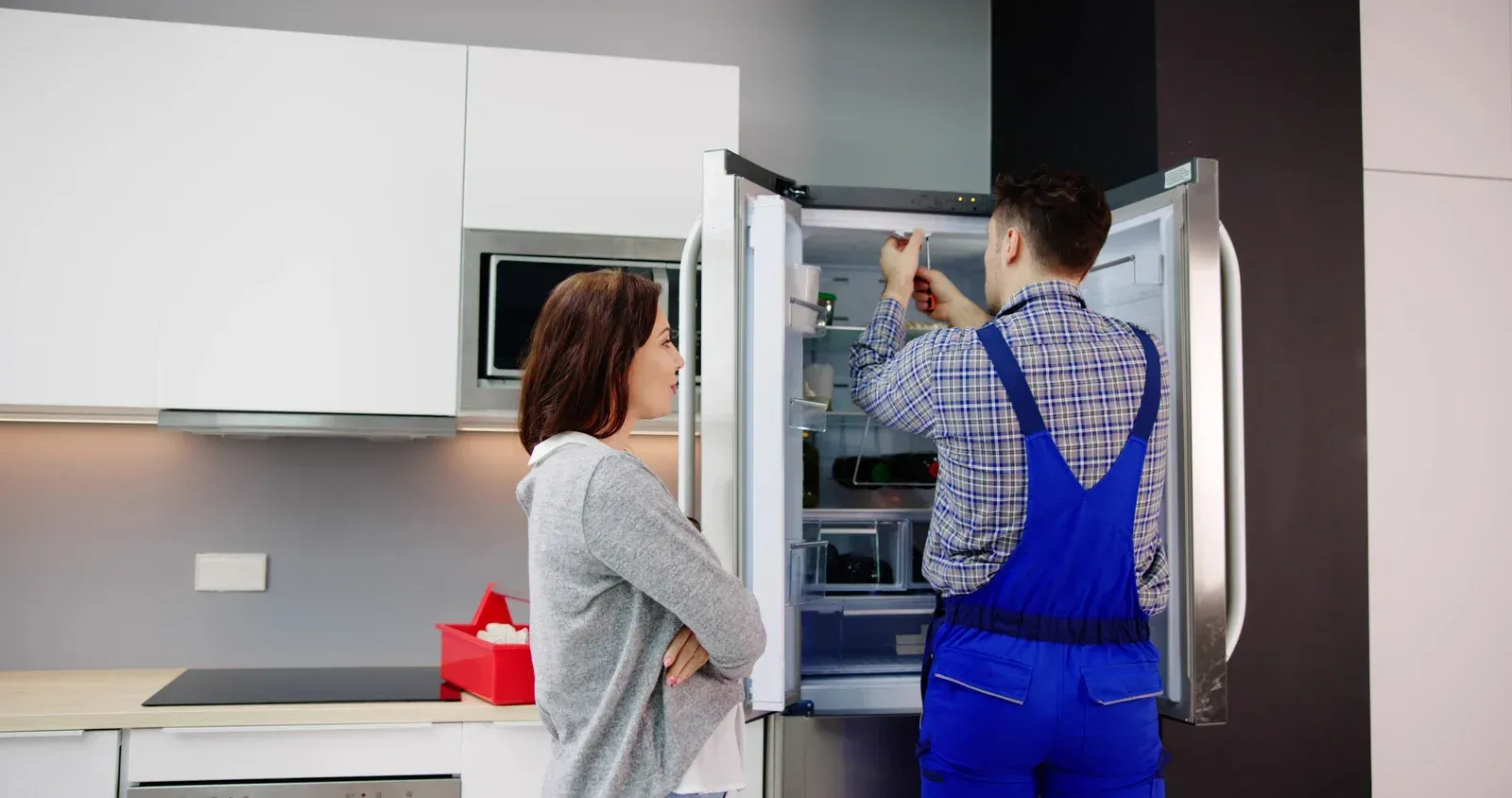How Does Radiant Heating Compare To Traditional Forced-Air Systems?
Choosing the right heating system for your home plays a key role in both comfort and efficiency, and many homeowners often wonder how radiant heating systems measure up against traditional forced-air options. Each method provides warmth in a different way, and both carry unique advantages and potential drawbacks.
By comparing these two approaches side by side, it becomes easier to understand which system may fit your home, lifestyle, and budget. Looking closely at comfort, efficiency, maintenance needs, and air quality helps reveal the strengths of each system and guides a smarter decision for long-term home heating.
How Radiant Heating Works
Radiant heating systems distribute warmth directly through floors, walls, or ceilings, using hot water tubes or electric coils beneath the surface. Instead of blowing heated air through vents, radiant systems transfer heat directly to the room’s surfaces, which then release warmth into the air.
The result is even and consistent comfort without the drafts, temperature swings, or noise that often accompany forced-air systems. Since heat comes from below or from surrounding surfaces, the experience feels natural and steady, much like the warmth of sunlight on your skin.
How Forced-Air Systems Operate
Traditional forced-air systems use a furnace to heat air and then push that air through ducts into various rooms. This method is the most common in many homes and works quickly, raising room temperatures in a short time.
However, it can also create uneven heating, with some rooms feeling warmer while others stay cooler. Forced-air systems also move dust, allergens, and dry air throughout the house, which can impact indoor air quality. While installation is often less expensive than radiant systems, forced-air systems typically require more regular maintenance to keep ducts clean and parts in good working condition.
Comparing Comfort Levels
One of the main differences between these systems is how they deliver comfort. Radiant heating provides even warmth without drafts, giving every part of a room the same steady temperature. Furniture and flooring also stay warm, which makes the environment feel cozy and consistent.
Forced-air systems, in contrast, heat spaces quickly but often leave hot and cold spots, which can be less comfortable over time. If consistent, silent, and draft-free comfort is the goal, radiant systems usually stand out.
Energy Efficiency and Cost
Radiant heating is often more energy-efficient because it reduces heat loss and does not rely on ducts, which can leak or waste energy. Many homeowners notice lower energy bills once radiant systems are in place.
Forced-air systems, while sometimes less efficient, tend to have lower upfront installation costs and remain a popular choice for budget-conscious families. The long-term savings with radiant heating can outweigh the initial expense, but the best choice often depends on both budget and priorities.
Maintenance and Longevity
Radiant heating systems require less routine maintenance since there are no ducts to clean or filters to replace regularly. Once installed, the system often runs quietly for years with little need for attention.
Forced-air systems demand more frequent upkeep, including filter changes, duct cleaning, and checks on the furnace. Over time, radiant systems can prove more reliable, while forced-air systems often face more wear due to moving parts.
Conclusion
Homeowners in Stevensville and the Bitterroot Valley of Montana can count on M&L Heating & Cooling, Inc
for
expert radiant in-floor heating services, ensuring every household receives the most efficient, reliable, and comfortable heating solution according to their specific needs.




